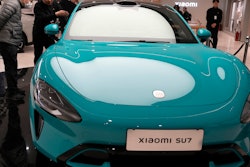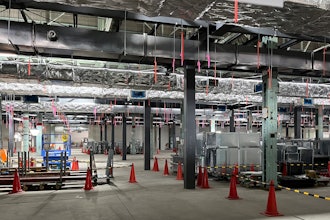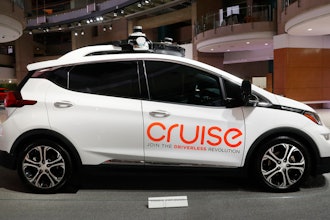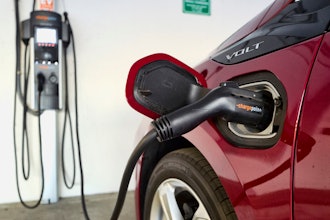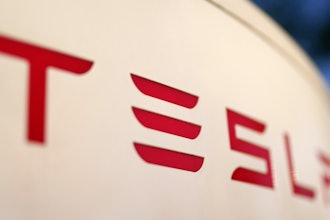High voltage battery simulator and test systems are essential for conducting testing of the high voltage DC power systems that are such a critical element of electric (EV) and hybrid/electric (HEV) vehicles. To accurately test a high voltage hybrid or electric drivetrain, you need to be able to provide precise, repeatable high-voltage DC power. Standard off-the-shelf power supplies will not work, because they cannot absorb power from the EV/HEV’s regenerative system and may even be damaged or destroyed if used with one.
To fill the need, new technology is being developed specifically to test high-voltage HEV batteries and simulate these batteries in an electric drivetrain environment. At the heart of the system is a fully line-regenerative DC power source, which can provide reliable, repeatable power which in turn allows for repeatable data because the system’s performance is not affected by battery charge state. In addition, this innovative method provides much greater power efficiency and measurably reduces overall operating costs. Such a system can also test batteries by precisely simulating road conditions, so engineers can see how the battery will really respond if put in a vehicle under real-world load conditions.
High-voltage battery and charging system at the heart of hybrid and electric vehicles
The battery is the heart of an EV or HEV, acting as an energy storage device that allows the vehicle to store electrical energy and then use it to drive when needed. In an EV, the battery is analogous to the gas tank – fill it up and it runs until it is empty. With an HEV, the electrical system is used to assist an internal combustion engine.
In a normal condition, an electric motor can be used to drive the vehicle. However, it can also be used to resist vehicle motion during braking. At this point it becomes a generator, generating electricity and pumping it back into the battery to be stored and used to drive the vehicle later. This energy recapture is called dynamic braking. Whether in an EV or HEV application, the battery needs to store the regenerated power so that it can be used later to power the vehicle on demand.
Testing overall electric or hybrid vehicle performance as part of new product engineering requires a system that can be used to test the high-voltage battery system, as well as simulate these high-voltage batteries while conducting EV or HEV driveline and inverter system testing.
Using a battery as the power source for an EV or HEV testing system will not give you the repeatable data that is required. This is because the battery’s charge and discharge state will affect the results. Batteries absorb and generate power at differing rates depending on how fully the battery is charged (its charge state). To use a battery for testing, you must therefore ensure it is always at the identical charge state at the beginning of each test, and charged exactly to the same level every time – or you are likely to get somewhat different results.
To continue reading the full article, click here to visit our partner publication, PD&D.







